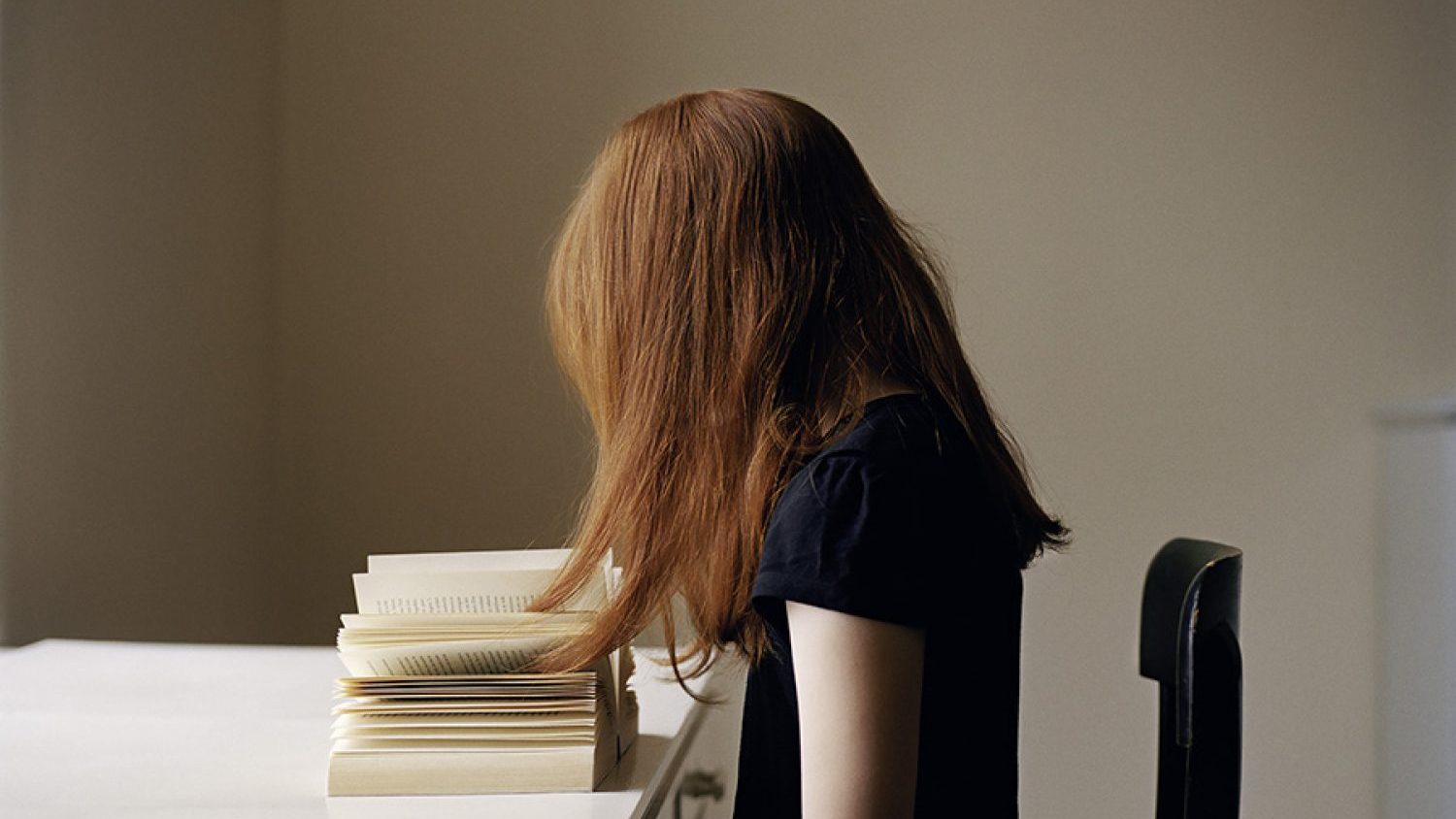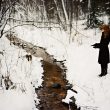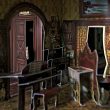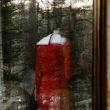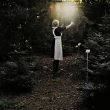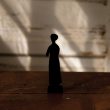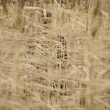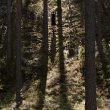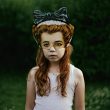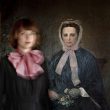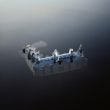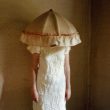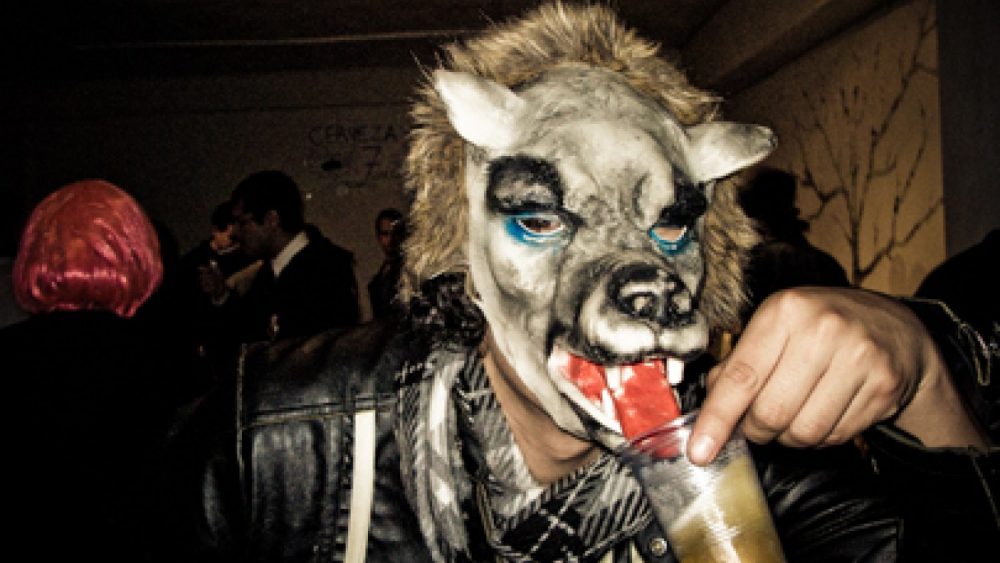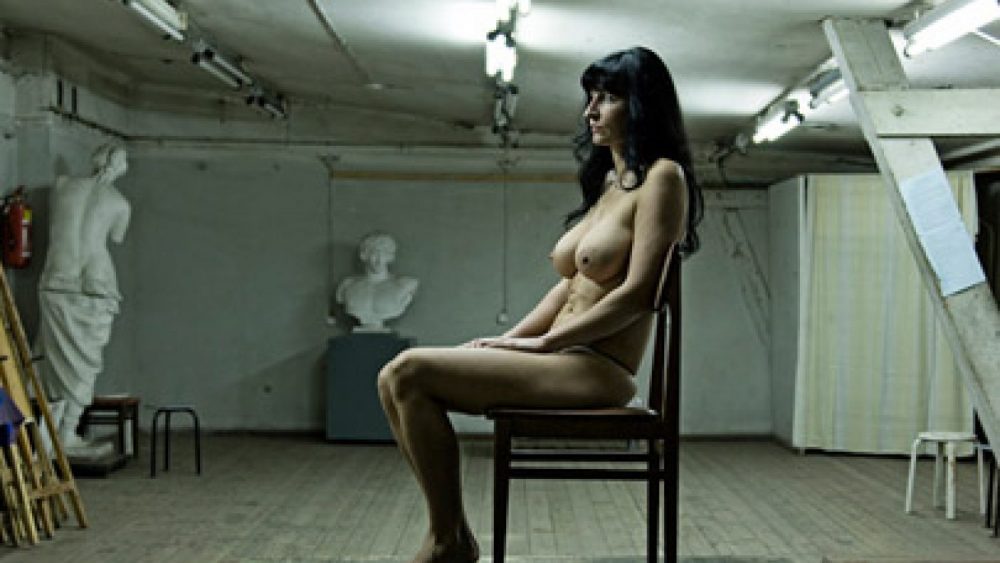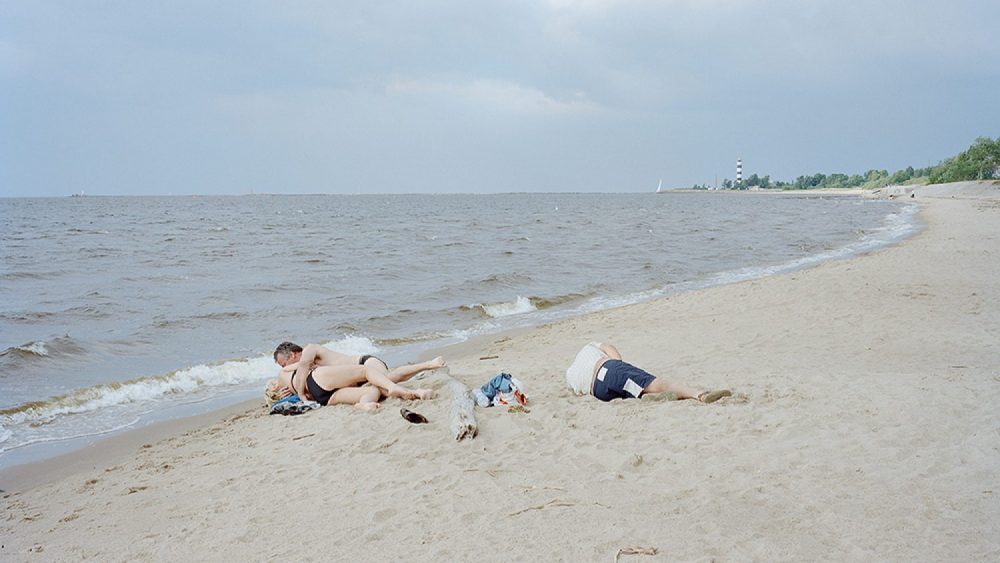Anni Leppälä
The Finnish photographer Anni Leppälä (1981) is one of the most outstanding representatives of the famous Helsinki School, who recently acquired wider recognition on a global scale. Last year in Finland she was awarded the title the New Artist of the Year. Along with the title, she also had the opportunity to hold a personal exhibition at the Tampere Art Museum.
Applying such traditional genres as portrait, landscape, still life, and interior photography, Leppälä constructs photo series with a dream-like narrative that echoes with fairytales heard in childhood, mythical magical world, where Alice from Wonderland lives, and hide-and-seek games. The depicted events have no beginning and no end; they also lack consecutive chronology. In Leppälä’s works, the spectator can find young women and girls hiding their faces behind hair, masks, branches of the trees, or behind a lampshade, or with their backs turned against the spectator. Thus, Leppälä allows the spectator to experience the metamorphosis of her characters – their transformation from specific persons, who have names and personal lives, into abstract archetypal beings. Leppälä often uses the red colour, which symbolically may be related to blood, menstrual cycle, loss of virginity and a time when a girl becomes a woman. Another similarity with Louis Carroll’s Alice may be drawn on the basis of the sizes of objects that Leppälä loves toying with, for example, by using dollhouses. Determining the right size of the objects becomes a guessing game making spectators lose their awareness and enter the imaginary world of the artist. To great extent, Leppälä’s interest in photography is related to memories, nostalgia and an opportunity to make time stand still, which at the moment a photograph is taken turns into the past. Locations and objects turn into symbols and tunnels leading to sub-consciousness, whereas reality is transformed in a series of metaphors.
Currently Leppälä’s works are exhibited in a group exhibition Alice in Wonderland at Logomo Art Centre in Turku. The exhibition is open till 15 December.
Your photo stories seem to be inspired from childhood full of fantasies and imaginary worlds. Is your own childhood a big inspiration?
It is true that many places and surroundings shown in my photographs are familiar to me from my past life and childhood, for example, the old summerhouse, my father’s backyard and my grandmother’s apartment. Certain atmosphere or kind of memory of experience that I can trace from my childhood, is the intriguing feeling that something is hiding in the surroundings, something that cannot be seen, but still it’s possible to feel its presence – a kind of basic feeling of inspiration actually, which is mixed with imagination.
Until now my photographs have shown a recurring character of a girl or a young woman – somehow on the verge of adulthood, between reality and one’s imagination. Maybe that is one of the reasons, why memories resembling childhood seem apparent in my photographs. Also, because I use surroundings that play a significant role to me personally. Until now, my models have been close friends or relatives, people that I have known well for a long period of time.
It’s difficult to draw a strict line between fiction and reality. Memories become living experiences and fiction supplements them. Recognition is the intermediary operator between them. Photography gives a very intriguing aspect to this, as it uses the visible world as material. It enables those “fixed points” of the visible for the imaginary to come through (or see-through!). This also echoes with the questions about the “invisible” in photographs, what can be found beneath, what is unseen but still exists.
You use very different sizes when presenting your pictures. Is it important for conveying message?
My images are mostly small, but the variations in size and dimensions give me more possibilities to make comments and emphasise the work in different ways, in order to connect the images to each other. I have found that some images “like” each other’s company and become almost like pairs or groups, while others constantly find new connections to other images.
It is essential how the picture relates to the ones already existing, how it interacts with them. This can also affect the decision about the size of the image. Sometimes new pictures are also beginnings for new routes towards the whole or a starting point for an entity of images. It might then take some time before they find their companion.
Your pictures are really painterly and fairy-tale like. Where do you find inspiration? Do you have a clear picture on mind before even taking it or do you prefer to improvise?
I often have a preliminary plan for a photograph. It can be an object or a place or even atmosphere, a certain light. It starts by finding a place that seems to have suitable characteristics for the imaginary. Those surroundings are then scenes for the incidents to take place.
The special characteristics of objects and places can take a long time to understand. Or, it’s also possible to find a sudden subject appearing. But it is, however, a starting point. The real subject is what you see and recognise in it, what you find emerging from it. And that is the artist’s task.
I do, however, feel that sometimes photographs should be found incidentally by chance. This has to do with the unsettled and momentary nature of photography. It feels like the final result, an image, can reflect this nature of a sketch-like incompleteness and insecurity, and at the same time it can stand totally still. Many different forms of art influence me: cinema, paintings, literature and music. For example, I really appreciate the works by Ingmar Bergman, Michaël Borremans and Helene Schjerfbeck.
Have you got favourite childhood memories?
As I said before, it is a kind of mystical and exciting feeling of something surrounding, but still unseen. It is like an invisible layer of meaning and substance that certain objects, rooms and places, as well as nature can possess. Memories of these kinds of experiences of comfortable loneliness and concentrated interest are probably the most essential for me in my childhood.
What have you been working on recently?
I have just finally graduated last spring, so focusing on writing my MA thesis took some time last year. I am also constantly continuing my photographic work, looking for pieces for the entity of the images. I must say, however, that I’m searching for a new approach, too, perhaps through moving image or some separate projects. It also has to do with a search for a face.
